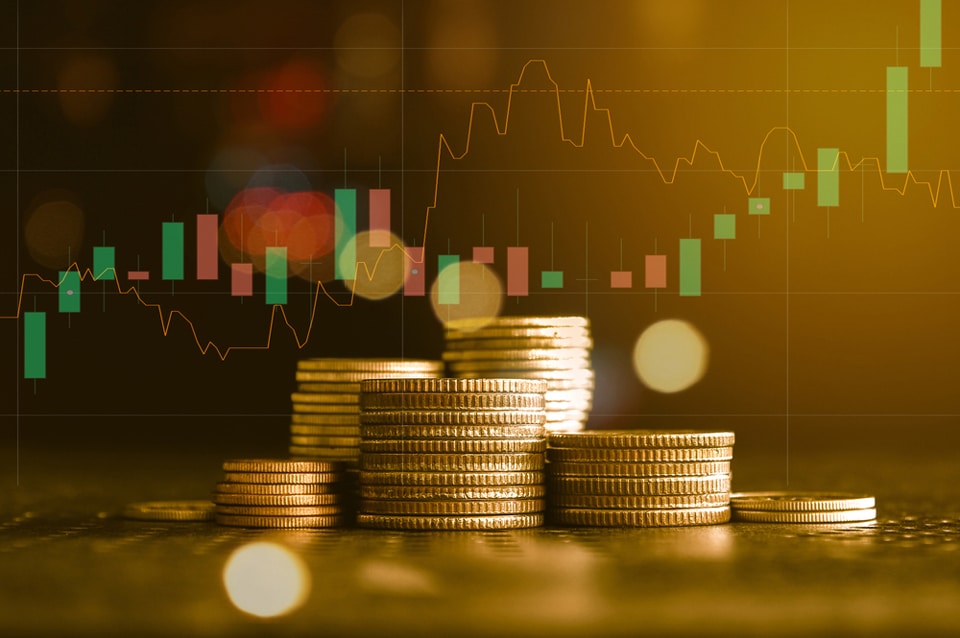3 Key Reasons Gold Is an Immutably Valued Commodity, According to Gainesville Coins

Gold’s use dates back to 4000 B.C., when inhabitants in what is now Eastern Europe began to utilize the precious metal to make decorative objects, according to the National Mining Association.
According to the International Gem Society, gold’s appearance is just one of its positive attributes, though. It’s also a fairly durable substance that won’t tarnish, oxidize, or corrode, and it’s very malleable, which has helped facilitate its use in jewelry making.
Gold’s limited availability has also contributed to its value. As a natural resource, additional amounts can’t be created and only so much can be mined and put into circulation each year.
In 2021, 3,568.9 tons were excavated, reports the World Gold Council; a slight production increase in 2022 brought the annual total to 3,611.9 tons, and 3,644.4 tons were mined in 2023.
“Gold mining production is relatively steady,” says Everett Millman, a precious metals specialist at Gainesville Coins.
A 2020 BBC News analysis suggested that all but roughly 20% of the below-ground stock of gold reserves have been mined. As of 2024, the U.S. Geological Survey estimates 59,000 tons of recoverable gold reserves still exist around the world.
The Growing Interest in Gold
Factors such as production and gold’s physical properties have helped drive the continued demand for the precious metal in the U.S. — which, in turn, has helped bolster gold prices, Gainesville Coins’ Millman says.
“Gold has steadily climbed in value and kept pace with inflation for thousands of years,” he notes. “People buy insurance for disaster scenarios that they can’t predict or control. If we have an economic downturn or an escalation in a war — there are all sorts of reasons why the world might become more unstable [and] financial markets might become more volatile — gold is the answer to all of those concerns.”
Numerous consumers, as a result, have purchased gold coins and bars as an investment.
According to the World Gold Council, gold use can be even more frequent outside of the U.S. central banks, which hold approximately a fifth of all the gold that’s ever been mined because of the liquidity and returns it offers.
A number of countries are increasingly relying on the precious metal as a form of international settlement for trade, according to Millman.
“Gold plays a very, very important role in the day-to-day workings of the international economic system,” Millman shares. “Let’s say Saudi Arabia is selling a large amount of oil another country wants to buy from them, but they don’t want to use dollars. They’re going to use gold.”
The trend toward utilizing gold in deals is vital, Millman adds, because it suggests that even if some factors have a short-term influence, there’s essentially a floor now beneath gold’s price.
“Gold is the best commodity to use for this purpose for all sorts of reasons — the fact that it’s been valued for thousands of years; it’s very, very dense, so it’s easy to transport pure gold in a compact form,” the Gainesville Coins specialist says. “There’s this level that it’s not going to go below because it is so prevalently used in international trade.”
Have you read?
Richest Billionaire Investors. Billionaire Winners. Billionaire Losers. Best Business Schools. Best Hotel Schools.
Bring the best of the CEOWORLD magazine's global journalism to audiences in the United States and around the world. - Add CEOWORLD magazine to your Google News feed.
Follow CEOWORLD magazine headlines on: Google News, LinkedIn, Twitter, and Facebook.
Copyright 2025 The CEOWORLD magazine. All rights reserved. This material (and any extract from it) must not be copied, redistributed or placed on any website, without CEOWORLD magazine' prior written consent. For media queries, please contact: info@ceoworld.biz








